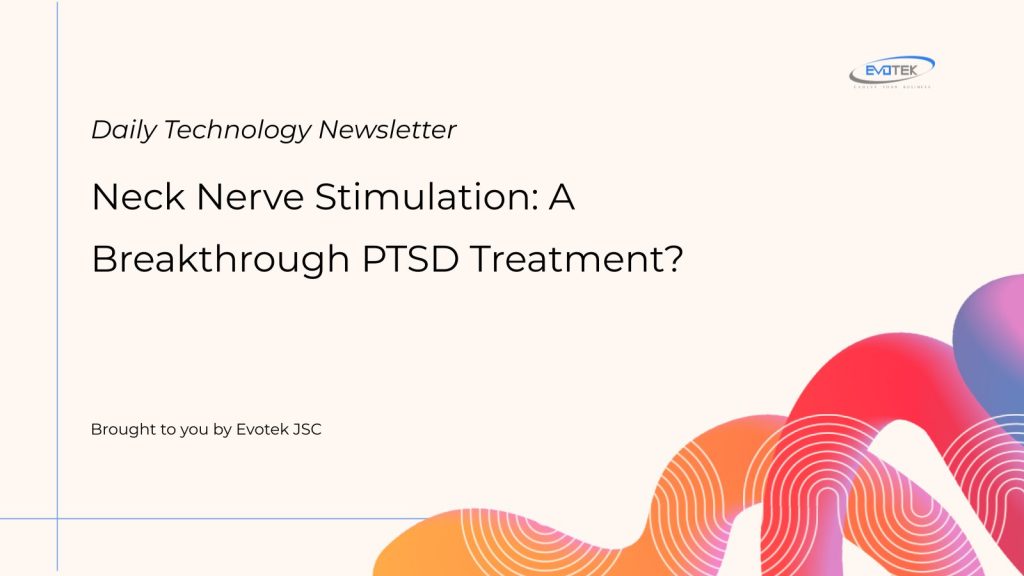Exciting new research from Texas suggests a promising treatment for Post-Traumatic Stress Disorder (PTSD) may be on the horizon. Scientists have developed a method that involves stimulating the vagus nerve in the neck, potentially offering relief to millions affected by this debilitating condition.
Vagus Nerve Stimulation Shows Promise
The vagus nerve, a key component of the parasympathetic nervous system, influences vital bodily functions like heart rate, digestion, and even mood. Researchers have found that stimulating this nerve with a small, button-sized device could significantly reduce PTSD symptoms.
This innovative approach is being tested in conjunction with prolonged exposure therapy (PET), a traditional PTSD treatment. PET helps patients gradually confront traumatic memories in a safe environment.
How Does It Work?
Scientists from The University of Texas at Dallas and Baylor University Medical Center are combining PET with short bursts of vagus nerve stimulation (VNS) delivered via a small device placed on the patient’s neck.
A Phase 1 trial involving nine patients showed remarkable results. After 12 VNS sessions, all participants were symptom-free, even after six months of follow-up.
“In a trial like this, some subjects usually do get better, but rarely do they lose their PTSD diagnosis,” explained Dr. Michael Kilgard, a neuroscience professor at UT Dallas. “In this case, we had 100% loss of diagnosis. It’s very promising.”
Enhancing Brain Plasticity
VNS is believed to enhance synaptic plasticity, the brain’s ability to adapt and change. PET helps identify connections that need adjustment, while VNS provides a chemical boost, making the brain more receptive to change during therapy.
This enhanced plasticity strengthens the extinction of fear, leading to lasting reductions in PTSD symptoms.
A Novel Approach
While VNS has been used to treat other conditions like stroke-related movement impairment, this research focuses on its application in conjunction with PET for PTSD. The development of a tiny, implantable VNS device could also make treatment more accessible.
This new method joins other innovative PTSD treatments, including psychedelic drugs, exercise, and mindfulness programs.
What’s Next?
The research team is now conducting a Phase 2 pilot study in Dallas and Austin, with hopes that this treatment could become a viable option for those who don’t respond to cognitive behavioral therapy alone.
Source: UT Dallas
Tags: Mental Health, PTSD, Nerves, University of Texas

 日本語
日本語 한국어
한국어 Tiếng Việt
Tiếng Việt 简体中文
简体中文